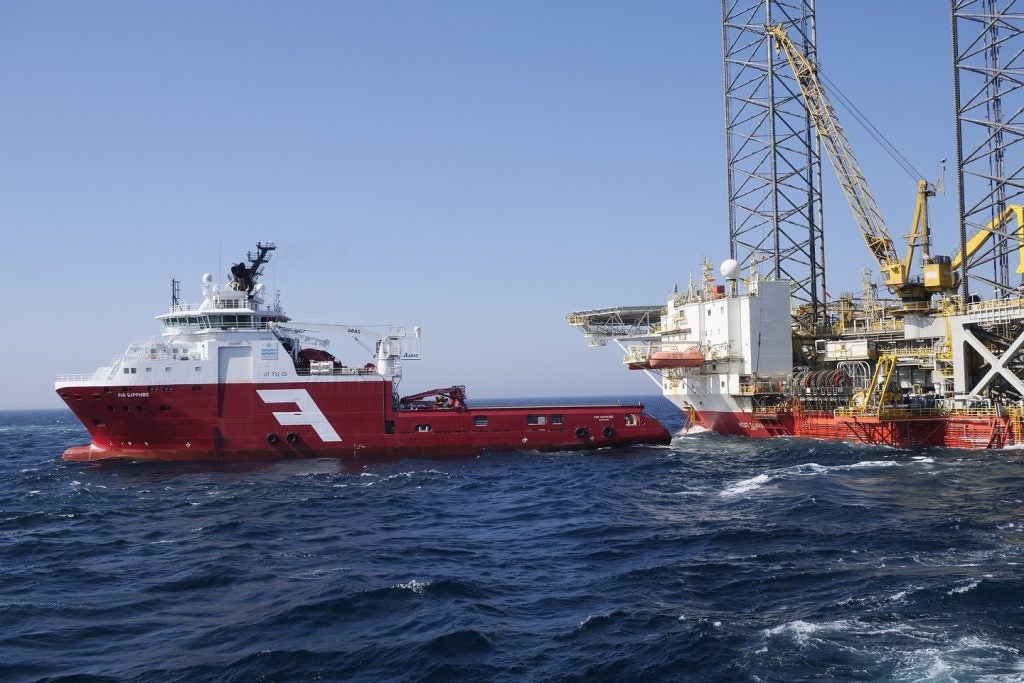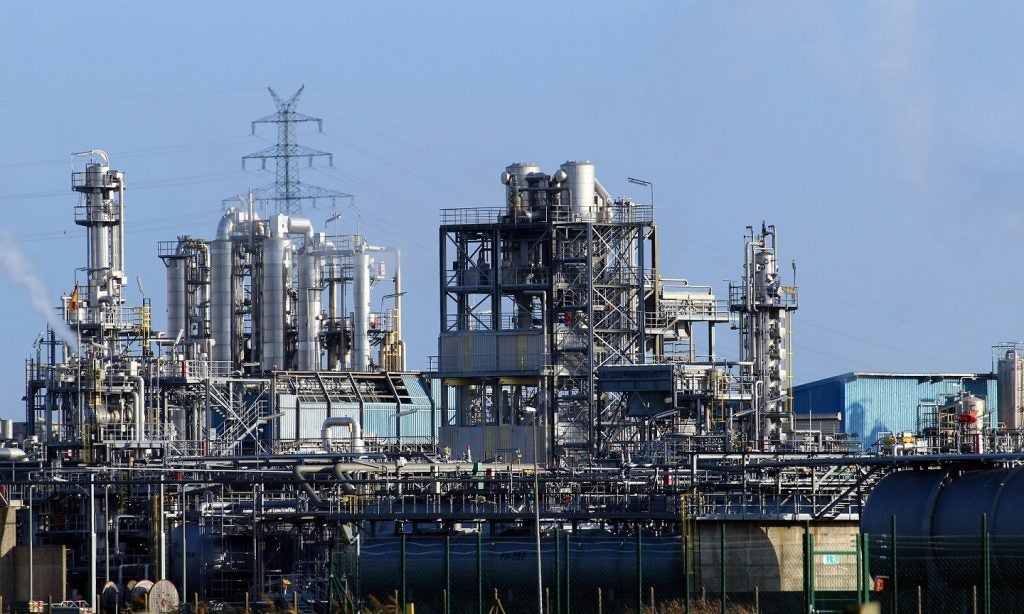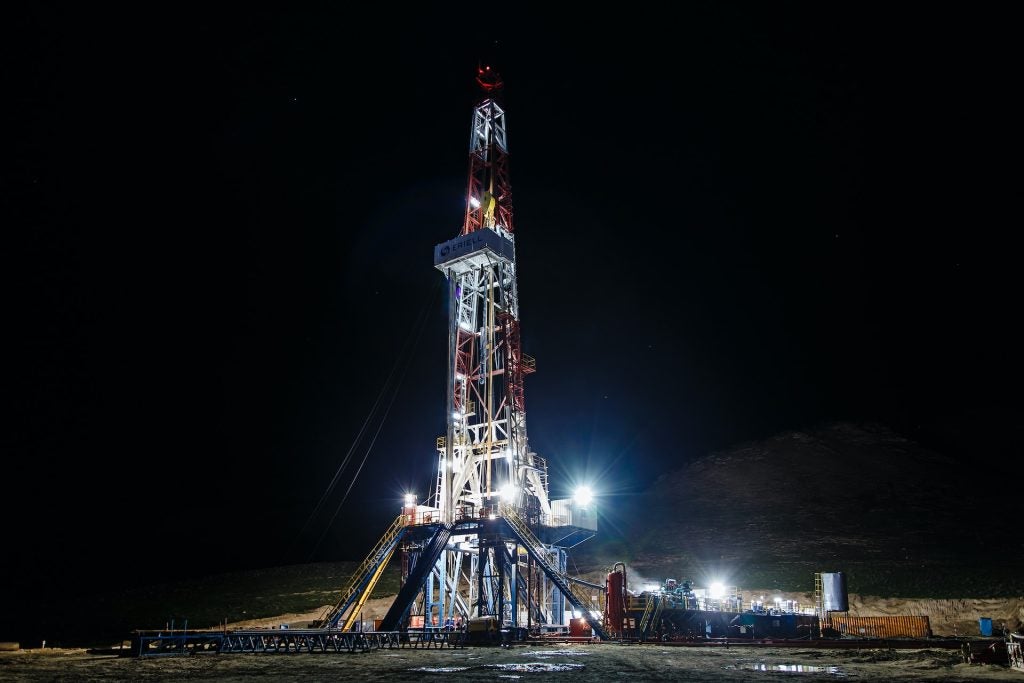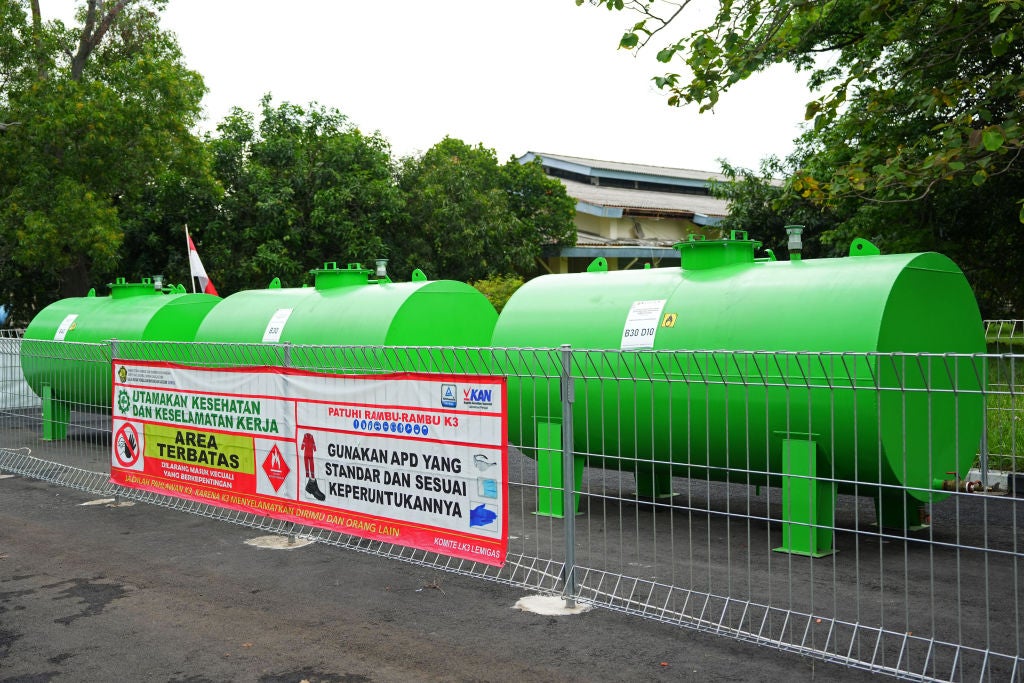Gardline has secured a contract from Hartshead Resources and its joint venture partner Rockrose Energy, a part of Viaro Group, to undertake a geophysical pipeline survey for the Anning and Somerville fields in the UK North Sea.
Under the contract, Gardline will carry out the geophysical survey with confirmation of the seabed and sub-seabed soil conditions.
This would help in finalising the design and the efficient installation of the export pipeline route from the two fields.
Gardline plans to use the MV Ocean Observer multi role survey vessel for the work programme.
The vessel is due to be mobilised to the Anning and Somerville field locations to start pipeline surveys in September 2023.
Hartshead CEO Chris Lewis said: "The pipeline route survey is a critical step in our commitment to developing sustainable energy infrastructure while prioritising safety and environmental preservation.”
Hartshead said that in-situ geophysical investigation and laboratory testing will be carried out for seabed samples collected from the preferred export routes of the Anning and Somerville sites.
Viaro Energy CEO Francesco Mazzagatti said: “We are currently preparing our application for the operatorship of the fields and expect the FID [final investment decision] to go equally smoothly later in the year.”
In June 2023, Hartshead submitted the Phase I field development plan (FDP) for the Anning and Somerville gas fields to the North Sea Transition Authority.
The FDP includes a detailed description of the subsurface interpretation, planned development wells, production forecasts and facilities.















